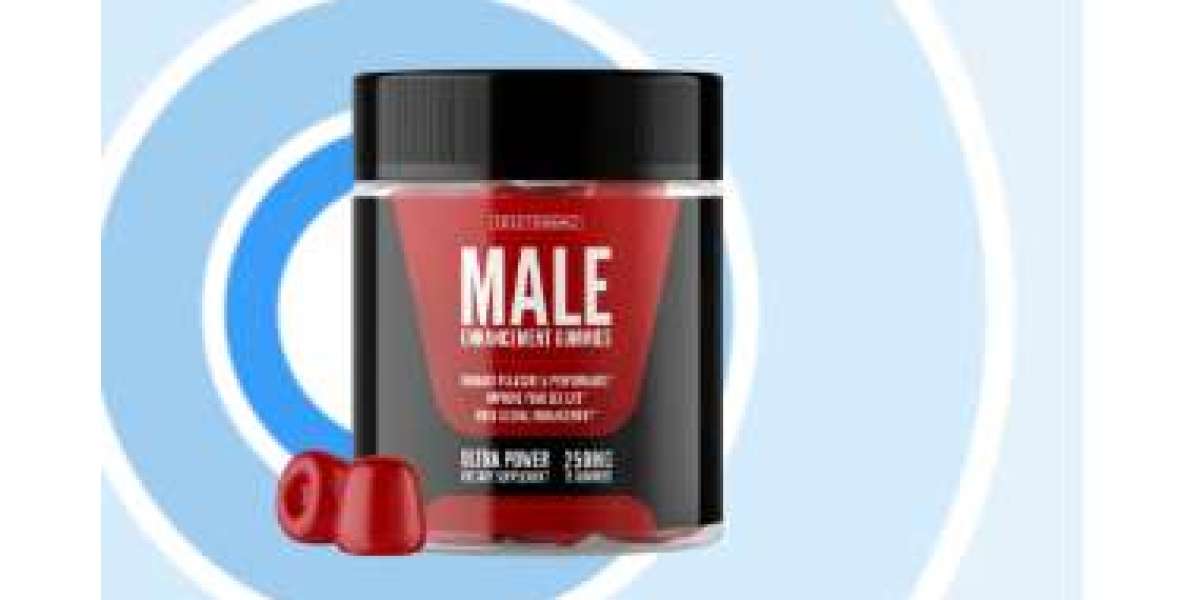Introduction
Tendon repair surgery is a procedure to fix torn tendons in the shoulder. It can be performed using a large open incision or a minimally invasive arthroscopic technique. The rotator cuff, a group of muscles and tendons in the shoulder, plays a crucial role in arm movement. Tears can occur due to overuse, injury, or gradual wear over time.
Common Tendon Repair Techniques
- Open Repair: A large incision is made, and the deltoid muscle is moved to access the torn tendon. This is used for complex or large tears.
- Arthroscopy: A small camera is inserted through a minor incision, allowing the surgeon to view and repair the damage using specialized instruments.
- Mini-Open Repair: A combination of arthroscopy and open surgery, where damaged tissue is removed arthroscopically before a small incision is made for tendon repair.
Surgical Procedure
- Torn tendons are reattached to the bone.
- Small suture anchors, made of metal or dissolvable material, secure the tendon.
- Stitches hold the tendon in place, promoting healing.
Why Undergo Tendon Repair?
- Persistent shoulder pain that does not improve with physiotherapy.
- Loss of strength affecting daily activities.
- Requirement for full shoulder function for sports or work.
Potential Risks
- Allergic reactions to anesthesia.
- Breathing complications.
- Infection, blood clotting, or excessive bleeding.
PT Rehabilitation Phases
Phase I: Immediate Post-Surgical Phase (Week 1-6)
Goals:
- Protect the repaired tendon using a sling.
- Manage pain and swelling with ice.
- Sleep in a reclined position for comfort.
Precautions:
- No active shoulder movement.
- Maintain arm in a sling except for elbow, wrist, and finger movements.
- Avoid lifting, stretching, or supporting body weight with the arms.
Exercises:
- Shoulder shrugs and rolls.
- Pendulum exercises.
Phase II: Protection Phase (Week 7-12)
Goals:
- Gradually introduce active range of motion (AROM).
- Discontinue sling use after week 6.
- Begin assisted exercises under supervision.
Precautions:
- No lifting or jerking motions.
- Avoid supporting body weight with hands and arms.
- No excessive behind-the-back movements.
Phase III: Intermediate Phase (Week 13-16)
Goals:
- Restore full active and passive range of motion (PROM).
- Strengthen the shoulder gradually with resistance bands.
- Return to functional activities.
Precautions:
- Avoid lifting heavy objects over 5 lbs.
- Prevent sudden lifting or pushing motions.
Exercises:
- External and internal rotation with resistance bands.
- Rows with resistance bands.
- Cross-body and internal rotation stretches.
- Water therapy exercises for flexion and external rotation.
Phase IV: Advanced Strengthening Phase (Week 17-22)
Goals:
- Achieve full, pain-free motion.
- Enhance muscle strength and endurance with light weights.
- Continue range of motion exercises if needed.
Exercises:
- Side-lying external rotation.
- Forward band punches.
- Biceps curls.
- Prone scaption and dynamic hugs.
Phase V: Return to Activity (Week 23+)
Goals:
- Gradual reintroduction to work, sports, and recreational activities.
- Maintain strengthening and stretching exercises.
- Engage in an interval sports program.
Conclusion
Tendon repair surgery combined with structured PT rehabilitation ensures optimal recovery. Following a phased rehabilitation plan helps restore strength, flexibility, and function, allowing individuals to return to their daily and athletic activities successfully.



